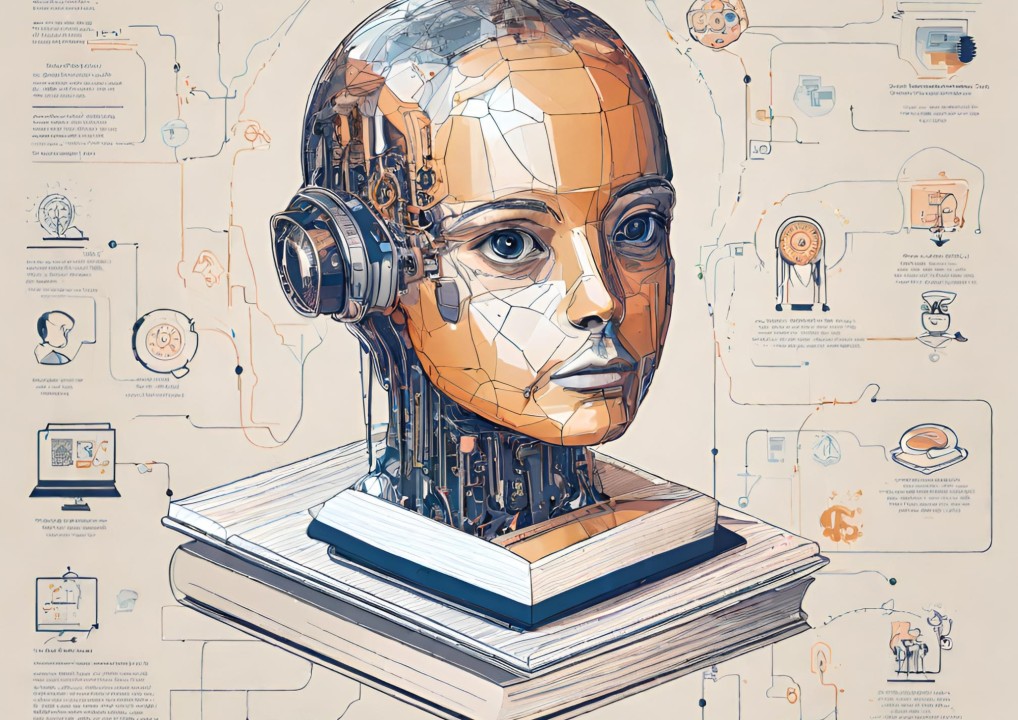
Using AI Tools in Education: Balancing Opportunity and Overreliance
Artificial Intelligence (AI) is no longer a far-fetched concept confined to science fiction – it’s now firmly embedded in our everyday lives, including the way our children learn. From smart tutoring systems to AI-driven educational platforms, the classroom is undergoing a quiet revolution. But with these exciting opportunities comes a critical question for parents, educators, and policymakers alike: how do we balance the benefits of AI in education with the risk of overreliance?
In this blog, we explore the growing presence of AI in UK education, its potential to enhance learning, and the importance of safeguarding our children’s ability to think independently and critically.
The Rise of AI in Education
In recent years, British schools, universities, and online learning platforms have begun integrating AI in various ways, including:
- Personalised learning tools that adapt to a child’s pace and style (e.g. CENTURY Tech, Squirrel AI).
- Chatbots and virtual tutors that offer help with homework or concepts on demand.
- Automated marking systems and feedback generation to reduce teacher workloads.
- AI writing assistants like Grammarly and ChatGPT to support spelling, grammar, and structuring essays.
- Voice-assisted technologies (such as Alexa Skills for learning) in SEN (Special Educational Needs) settings.
AI can be a game-changer for pupils who struggle in traditional classrooms. It offers real-time feedback, tailored instruction, and 24/7 support – potentially reducing learning gaps and helping students feel more confident.
Where the Balance Tips: The Risk of Overreliance
Despite these advantages, there are growing concerns around overdependence on AI in educational settings. Here’s where things start to get murky:
1. Reduced Critical Thinking
If students rely on AI tools to solve maths problems, write essays, or summarise texts, they may not fully engage with the material or develop deep understanding. It’s the classic “calculator effect” – convenient, but potentially at the expense of foundational knowledge.
2. Creativity and Originality at Risk
AI can generate well-written answers, but often lacks the nuance, voice, and innovation that define human creativity. There’s a risk that children may stop trusting their own ideas or feel their work needs to “match” AI standards.
3. Digital Inequality
Not all pupils in the UK have equal access to AI tools or high-speed internet at home. This creates a digital divide where some children receive a significant learning boost, while others fall behind.
4. Data Privacy Concerns
AI tools often rely on large datasets, including student behaviour and performance. Questions arise about who owns this data, how it’s used, and what protections are in place – especially with under-18s.
5. Teacher Deskilling
As AI systems handle more classroom tasks, there’s a concern that teachers may gradually lose certain instructional or assessment skills. Education is deeply human – and no algorithm can replicate the emotional intelligence of a good teacher.
Finding the Right Balance
So how do we tap into the potential of AI in education while keeping things healthy and balanced?
✅ Teach AI Literacy Early
Just as we teach reading and maths, children should learn how AI works, its strengths and its blind spots. This empowers them to use AI responsibly rather than blindly.
✅ Use AI to Complement, Not Replace
AI should be a co-pilot, not the driver. For example, use AI to generate ideas for essays – but let the child choose, critique, and develop them. Use chatbots for revision, but still encourage old-school flashcards and discussion.
✅ Encourage Human Creativity
Highlight the value of personal voice, imagination, and risk-taking in learning. Let pupils know that not everything needs to be perfect or AI-polished – their own thoughts are valid and valuable.
✅ Parental Involvement
Parents should stay informed and involved in how their children are using AI tools at home and in school. Regular conversations about tech use, limits, and intentions are key.
✅ Push for Ethical Standards
As a society, we must hold tech companies and educational platforms accountable for transparent algorithms, secure data handling, and ethical design. The Department for Education and Ofsted can play a stronger role in setting guidelines.
A Hybrid Future
The future of learning in the UK will be a hybrid one – a rich blend of technology and tradition, where AI supports, but doesn’t supplant, human teaching. As parents, teachers, and advocates, we must ensure our children gain not just information, but wisdom – the ability to think critically, solve problems creatively, and act with empathy.
AI can help them get there – but only if we guide its use with care.
Would you like this turned into a downloadable resource, a slides/////////how for parents, or maybe a video script?
